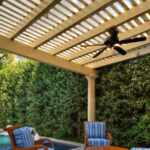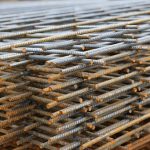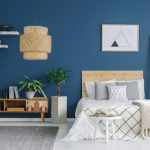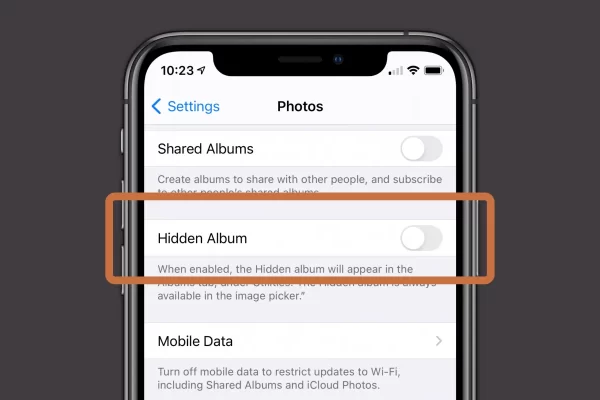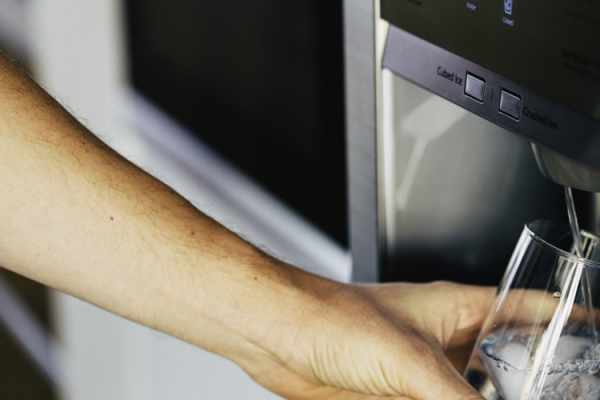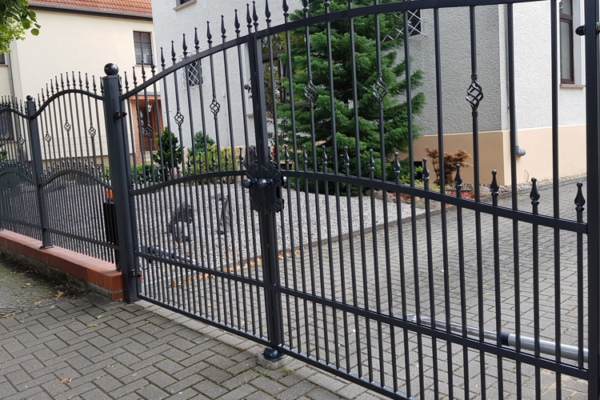The term ‘decorative concrete‘ refers to the use of concrete as an aesthetic design for a structure and, at the same time, serving the primary function of providing integrity to a building. Concrete can be transformed into many decorative textures or designs through various processes such as stamping, staining or polishing.
The use of concrete for decorative purposes have seen a rise in Australia for many properties and houses. Provinces in Victoria and Sydney that’s prone to many buildings and properties getting renovated have used concrete for design aesthetics. Concerning the world, the global demand for decorative concrete has predicted the market to reach a value of 20.5 billion dollars by 2025. Most of these demands are met for flooring applications and non-residential construction purposes. (zolpidem online bestellen) With the industry statistics for concrete showing its need for the future, it is essential to know the different types of concrete that are used for decoration:
- Stamped: As the name indicates, stamping moulds and mats are used to create designs. A design can be pressed to wet concrete to imprint a design or a theme onto it. The stamps are used to mimic the concrete to look like wood or stone.
- Stained: This is the type of concrete where colour is imparted in the form of acid or water-based stains. Acid stains are for unique darker colours, whereas water stains are for specific bright colours.
- Coloured: Dyes are mixed with concrete to create a specific colour that goes well with the design. A solvent such as alcohol is used to create a penetrative effect into the slab.
- Overlays: This type of design refers to concrete being applied over old layers and then stamped to create a new design. It is a budget method for residents who are not financially well enough to tear the whole layer of concrete away.
- Polished: A chemical densifier is used to fill the pores of the concrete layer and then on top. After drying, a grinder is used to grind down the densifier into a polished finish.
Benefits Of Decorative Concrete:
- Potential For Unlimited Designs and Textures: Stamps and stains have allowed the concrete to have any design, colour or texture depending upon the resident’s preferences. Designs can also be duplicated and detailed to ensure a crisp texture that can imitate wood, stones or bricks. These types of concrete are best suited for custom works that can fit well with the design aesthetics of a house.
- Costs Less: Why go for natural stone when concrete can give more benefits at a better price? Natural stones have many drawbacks such as availability and costs of including area and transportation. Natural stones are also limited in colour and textures and may not always suit the homeowner’s preferences. With concrete, not only does it cost half the price, but designers can tweak an unlimited number of designs and colours on it.
- Easy To Install: Concrete is easy to install as an overlay over damaged or broken concrete layers and slabs. There is no need to break or strip down old layers of bricks of concrete as resurfacing costs significantly less than rebuilding and replacement.
- Highly Durable: Concrete is one of the most durable building materials that can withstand pressure requiring only occasional cleaning. Concrete doesn’t trap moulds or growth and resists moisture and stains when finished properly. It can also withstand extreme temperatures and weather, making it one of the best and easily affordable building material.


